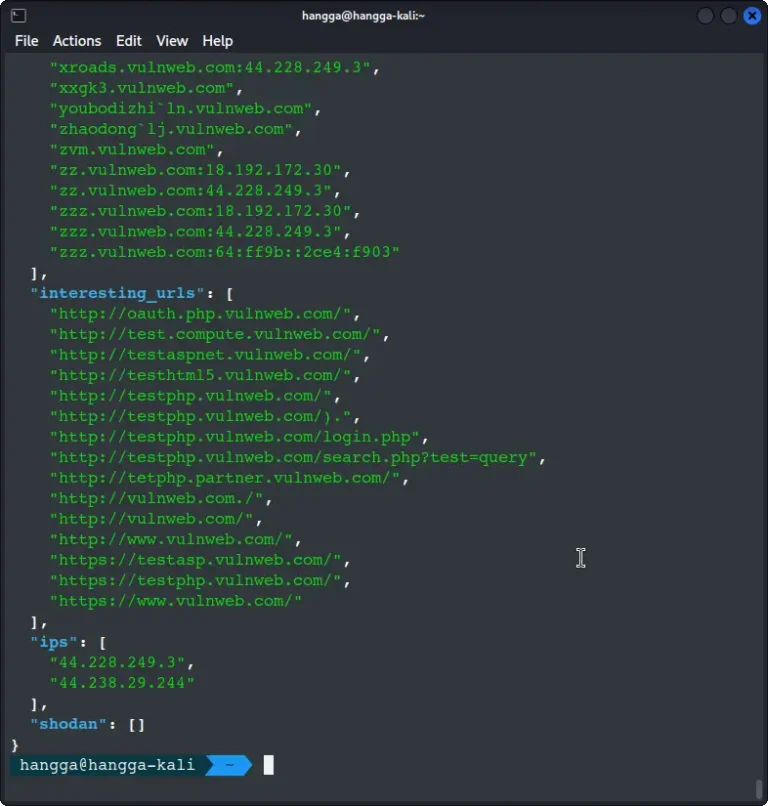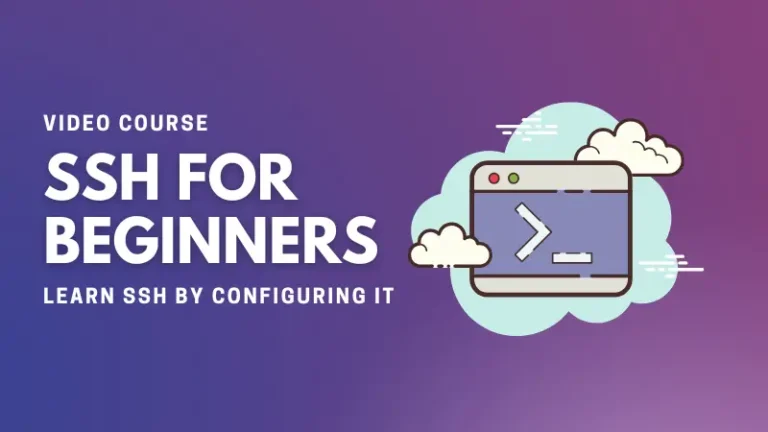Introduction
In today’s digital age, managing and centralizing your data and services is becoming increasingly important. Whether you’re looking to store your media files, run your own personal cloud, or host various applications, a home server can offer enhanced data privacy, security, and accessibility. This guide will walk you through the process of building a home server using Debian, one of the most stable and versatile Linux distributions.
Prerequisites
Hardware Requirements
Minimum System Requirements
- CPU: 1 GHz processor or better
- RAM: 1 GB (2 GB recommended)
- Storage: 20 GB of free disk space
Recommended Hardware
- CPU: Multi-core processor (Intel i3/i5/i7 or AMD equivalent)
- RAM: 4 GB or more
- Storage: 500 GB or more, preferably an SSD for the operating system and additional HDDs for data storage
- Network: Gigabit Ethernet
Choosing the Right Server Hardware
When selecting hardware for your home server, you have several options. You can repurpose an old PC, use dedicated server hardware, or even opt for a small form-factor device like a Raspberry Pi for basic tasks. Ensure your hardware meets the requirements of the services you plan to run.
Software Requirements
Overview of Debian OS
Debian is a free, open-source operating system known for its stability and large software repository. It’s an excellent choice for a home server due to its reliability and robust community support.
Necessary Software Tools and Packages
- Debian ISO file
- Etcher (or any tool to create a bootable USB drive)
- SSH client (e.g., PuTTY for Windows, terminal for Linux/macOS)
- Web server software (Apache or Nginx)
- File server software (Samba or NFS)
- Database server software (MySQL or PostgreSQL)
- Additional services software (Nextcloud, Plex, Postfix, etc.)
Setting Up Your Server
Step 1: Preparing Your Hardware
Ensure all components are correctly assembled and connected. This includes installing the CPU, RAM, storage drives, and connecting all necessary peripherals such as the keyboard, monitor, and network cables.
For initial setup, you’ll need a keyboard and monitor connected to your server. Once set up, you can manage your server remotely using SSH.
Step 2: Installing Debian
Visit the official Debian website and download the latest stable release of Debian. Choose the appropriate version for your system’s architecture (e.g., amd64 for 64-bit systems).
Use Etcher or a similar tool to create a bootable USB drive with the downloaded Debian ISO.
Step-by-Step Installation Guide
-
Boot from USB: Insert the bootable USB drive into your server and boot from it. You may need to adjust the BIOS settings to boot from USB.
-
Language and Locale: Select your preferred language, country, and keyboard layout.
-
Configure Network: Choose a hostname for your server and configure network settings. For a static IP address, you can set this up during or after installation.
-
Partition Disks: Partition your disk as needed. For a simple setup, you can use guided partitioning to install Debian on the entire disk. For more advanced setups, you might configure separate partitions for /home, /var, etc.
-
Set Up Users and Passwords: Create a root password and a user account for daily operations.
-
Install Base System: Follow the prompts to install the base system. This includes selecting the software to install; you can choose a minimal installation and add more packages later.
-
Finish Installation: Once the installation is complete, remove the USB drive and reboot your server.
Configuring the Server
Step 3: Post-Installation Setup
After the initial reboot, update the package list and upgrade the installed packages:
sudo apt update sudo apt upgrade
Ensure your server has a static IP address for consistent network accessibility. Edit the network interfaces configuration file:
sudo nano /etc/network/interfaces
Add the following lines, replacing the placeholders with your network details:
auto eth0 iface eth0 inet static address 192.168.1.100 netmask 255.255.255.0 gateway 192.168.1.1 dns-nameservers 8.8.8.8 8.8.4.4
Restart the network service:
sudo systemctl restart networking
Install the OpenSSH server package to enable remote access:
sudo apt install openssh-server
Enable and start the SSH service:
sudo systemctl enable ssh sudo systemctl start ssh
You can now connect to your server remotely using an SSH client.
Step 4: Installing Essential Services
Choose between Apache or Nginx for your web server.
Apache:
sudo apt install apache2
Enable and start the Apache service:
sudo systemctl enable apache2 sudo systemctl start apache2
Nginx:
sudo apt install nginx
Enable and start the Nginx service:
sudo systemctl enable nginx sudo systemctl start nginx
Setting Up a File Server
Samba (for Windows file sharing):
sudo apt install samba
Edit the Samba configuration file:
sudo nano /etc/samba/smb.conf
Add your shared folders:
[shared] path = /srv/samba/shared read only = no browsable = yes
Create the shared directory and set permissions:
sudo mkdir -p /srv/samba/shared sudo chown -R nobody:nogroup /srv/samba/shared
Restart the Samba service:
sudo systemctl restart smbd
NFS (for Linux file sharing):
sudo apt install nfs-kernel-server
Edit the exports file:
sudo nano /etc/exports
Add your shared directories:
/srv/nfs/shared 192.168.1.0/24(rw,sync,no_subtree_check)
Export the shares and restart the NFS service:
sudo exportfs -a sudo systemctl restart nfs-kernel-server
Configuring a Database Server
MySQL:
sudo apt install mysql-server
Secure the MySQL installation:
sudo mysql_secure_installation
PostgreSQL:
sudo apt install postgresql
Access the PostgreSQL prompt to create databases and users:
sudo -i -u postgres psql
Centralizing Data and Services
Step 5: Centralized Data Storage
For redundancy and improved performance, consider setting up RAID (Redundant Array of Independent Disks). This step is optional but recommended for critical data.
Create and manage shared folders with appropriate user permissions. Use the chown and chmod commands to set ownership and permissions.
Use tools like rsync for backups. Automate backups with cron jobs:
crontab -e
Add a cron job for daily backups:
0 2 * * * rsync -a /path/to/source /path/to/destination #### Step 6: Hosting Services **Hosting a Personal Cloud Service (Nextcloud):** Install Nextcloud to create your personal cloud: ```bash sudo apt install apache2 mariadb-server libapache2-mod-php sudo apt install php php-mysql php-xml php-mbstring php-zip php-gd php-curl
Download and extract Nextcloud:
wget https://download.nextcloud.com/server/releases/nextcloud-21.0.1.zip unzip nextcloud-21.0.1.zip sudo mv nextcloud /var/www/html/
Set up a database for Nextcloud and complete the web-based installation.
Download and install Plex Media Server:
wget https://downloads.plex.tv/plex-media-server-new/1.23.1.4602-280ab6054/debian/plexmediaserver_1.23.1.4602-280ab6054_amd64.deb sudo dpkg -i plexmediaserver_1.23.1.4602-280ab6054_amd64.deb
Access the Plex web interface to complete the setup.
Setting Up a Mail Server (Postfix, Dovecot)
Install Postfix and Dovecot:
sudo apt install postfix dovecot-core dovecot-imapd
Configure Postfix and Dovecot according to your domain and security needs.
Installing a Version Control System (Git)
Install Git:
sudo apt install git
Set up repositories and user access for version control.
Install and configure DHCP and DNS services to manage your network efficiently.
Security Considerations
Step 6: Securing Your Server
Install and configure UFW (Uncomplicated Firewall):
sudo apt install ufw sudo ufw allow ssh sudo ufw allow http sudo ufw allow https sudo ufw enable
Install Fail2ban to prevent brute-force attacks:
sudo apt install fail2ban
Configure Fail2ban to protect SSH and other services:
sudo nano /etc/fail2ban/jail.local
Add the following configuration:
[sshd] enabled = true port = ssh filter = sshd logpath = /var/log/auth.log maxretry = 5
Restart Fail2ban:
sudo systemctl restart fail2ban
Install Certbot to obtain SSL certificates from Let’s Encrypt:
sudo apt install certbot python3-certbot-apache sudo certbot --apache
Follow the prompts to secure your website with SSL.
Regularly update your system:
sudo apt update sudo apt upgrade
Use monitoring tools like Nagios to keep track of system performance and security.
Maintenance and Monitoring
Step 7: Regular Maintenance
- Keep your system updated with the latest security patches and software versions.
- Use tools like
htopand Nagios to monitor system performance and resource usage. - Regularly check system logs and configure alerting mechanisms for critical issues.
Conclusion
Building a home server with Debian allows you to have complete control over your data and services. You can save costs compared to cloud services, enjoy enhanced privacy and security, and have the flexibility to expand and customize your setup as needed.


